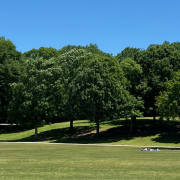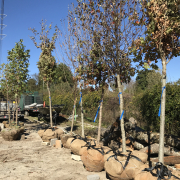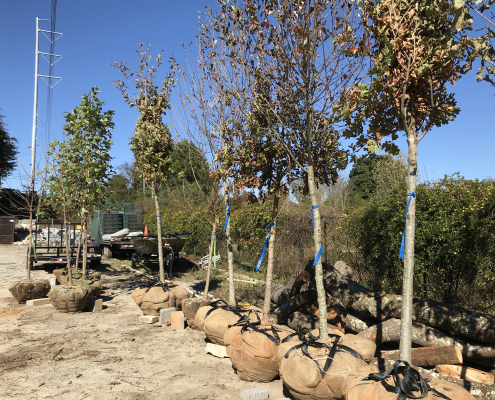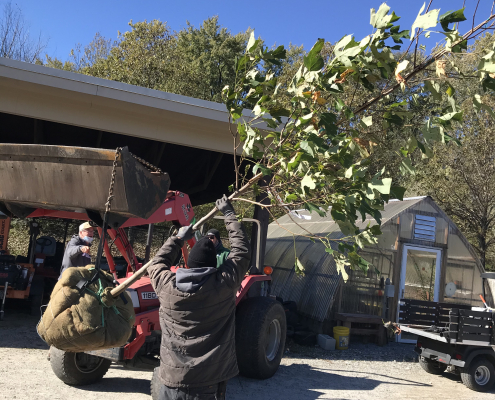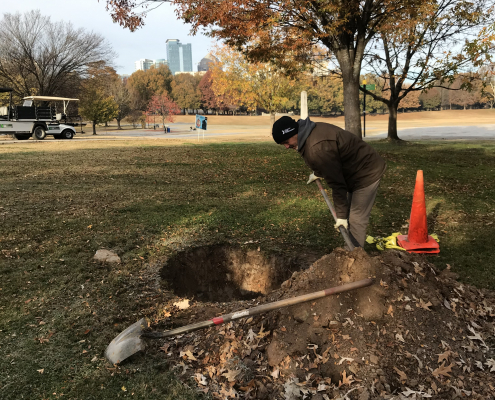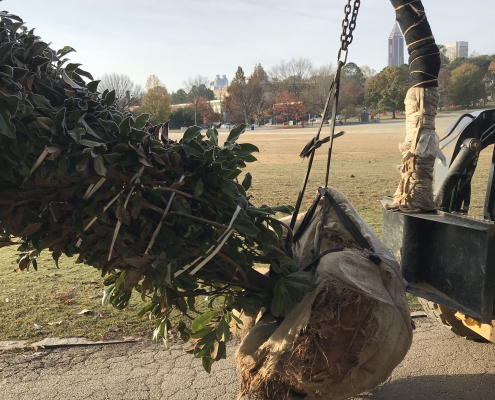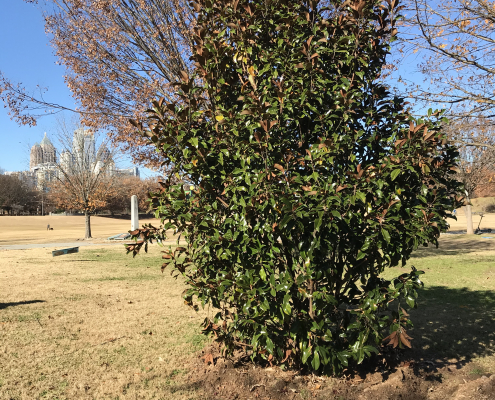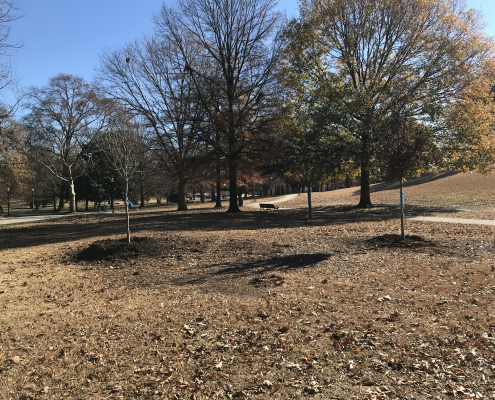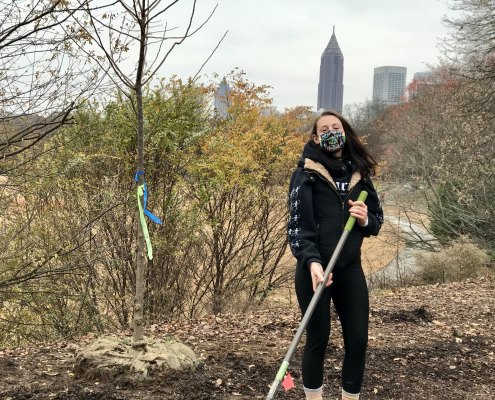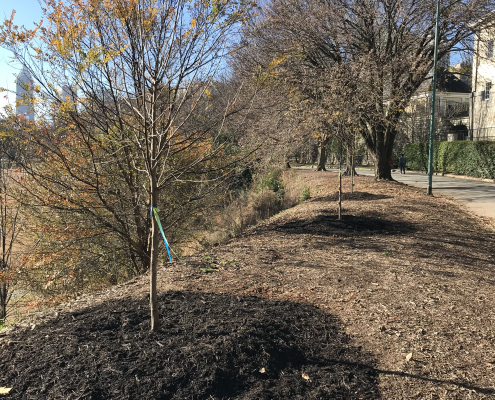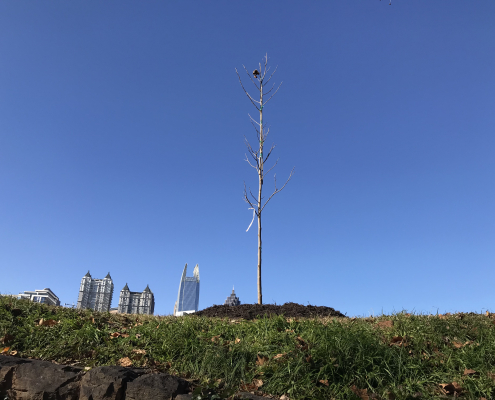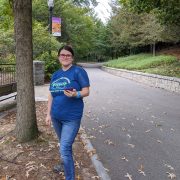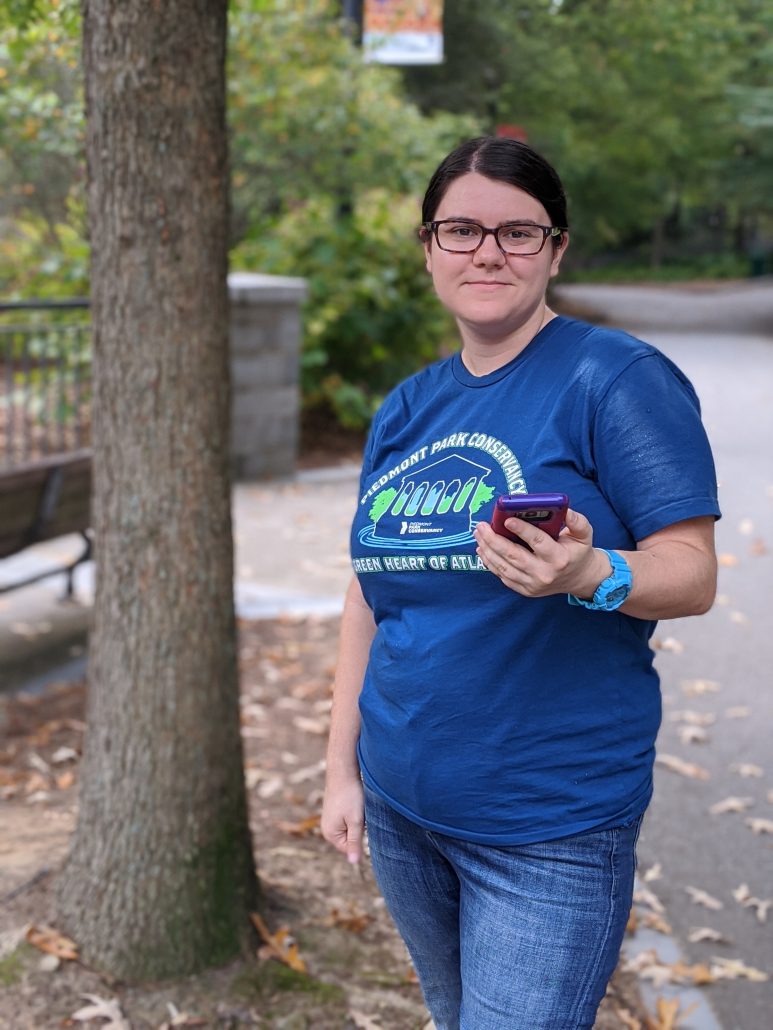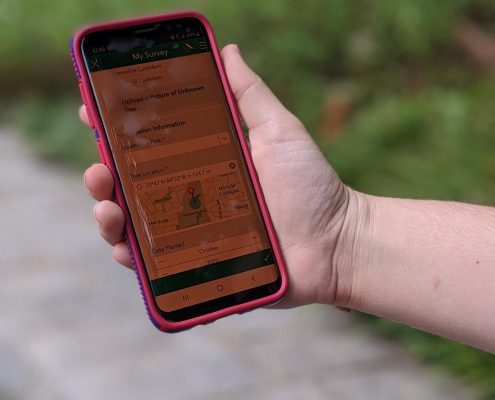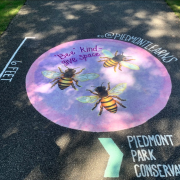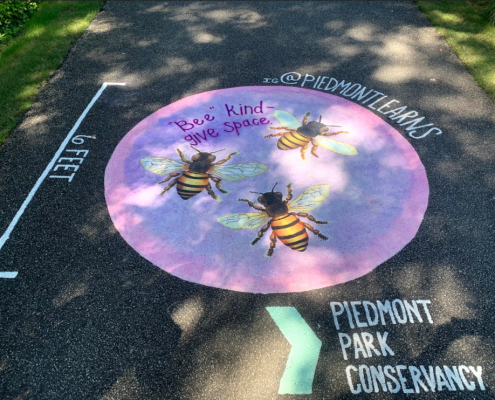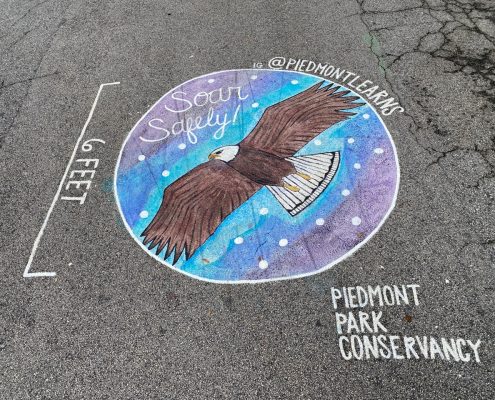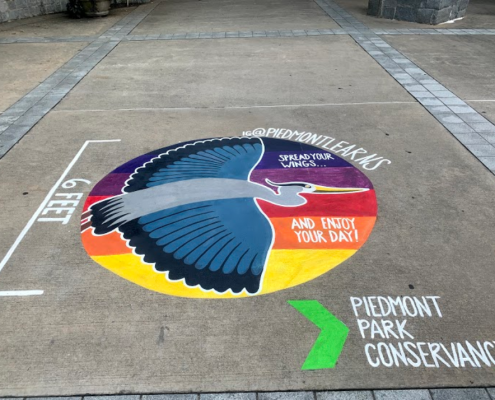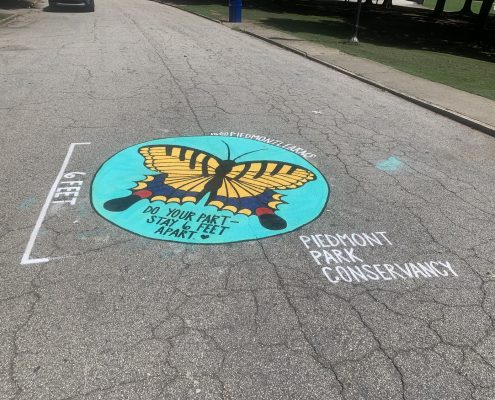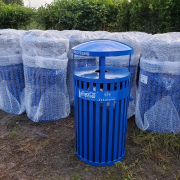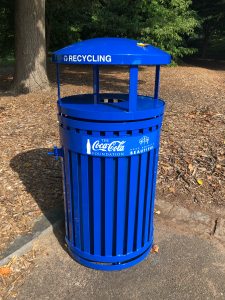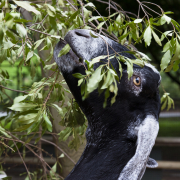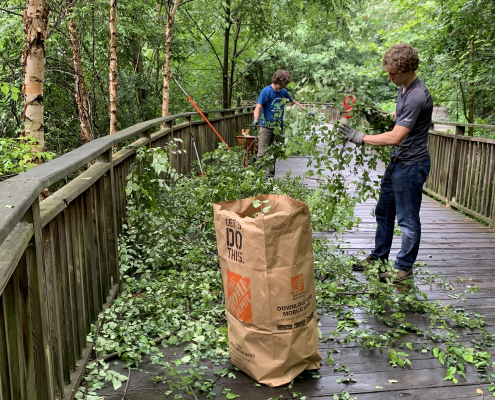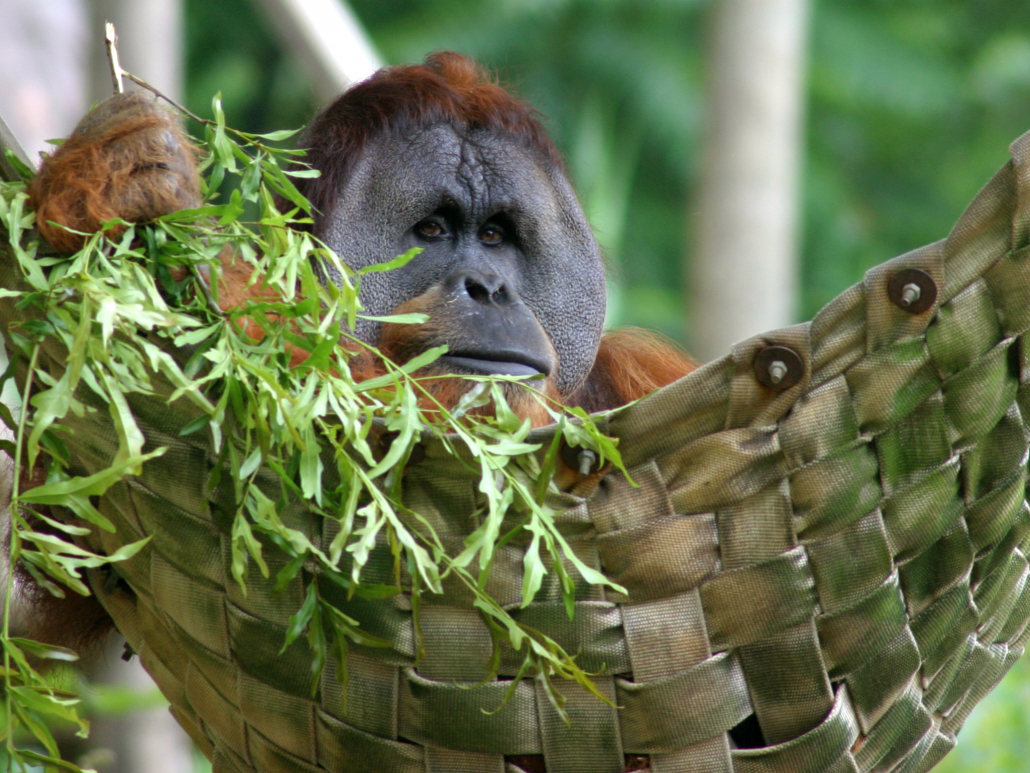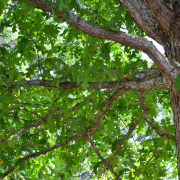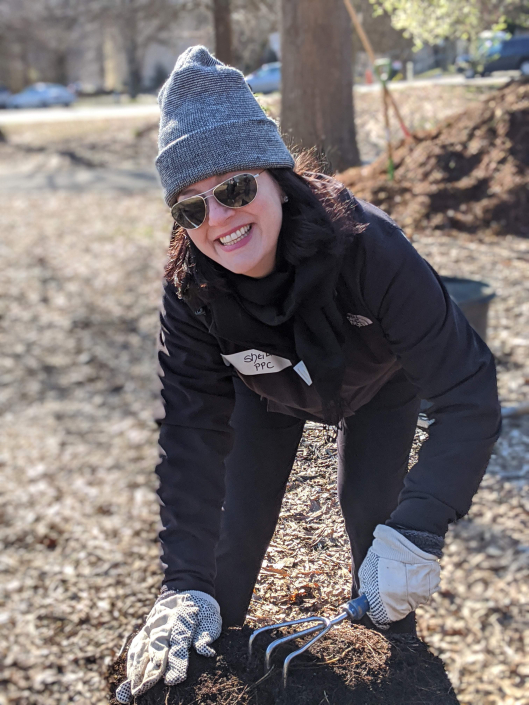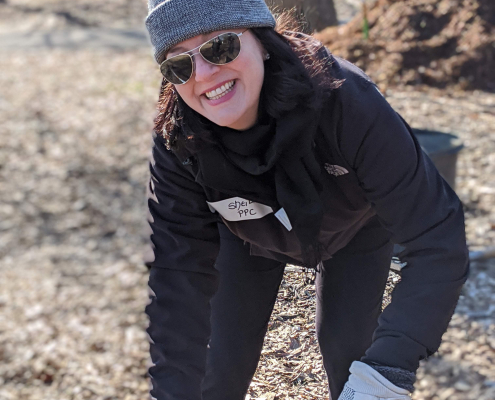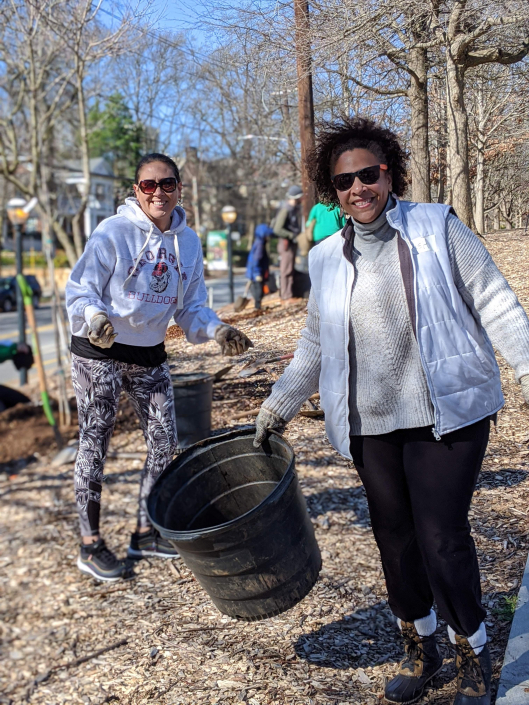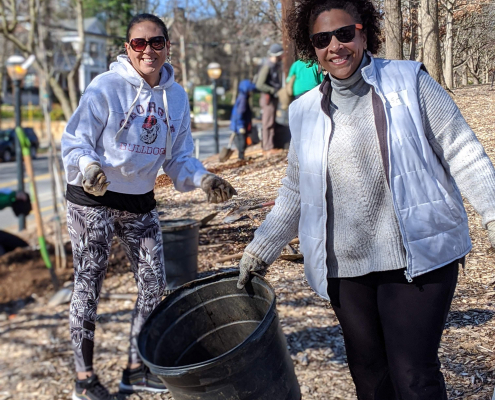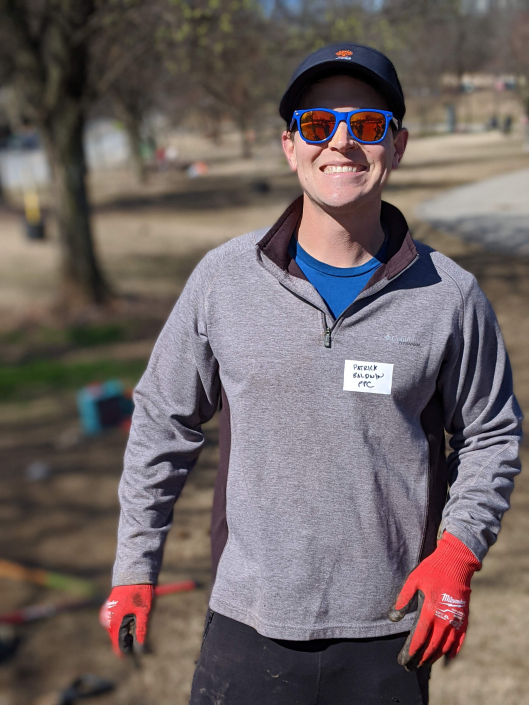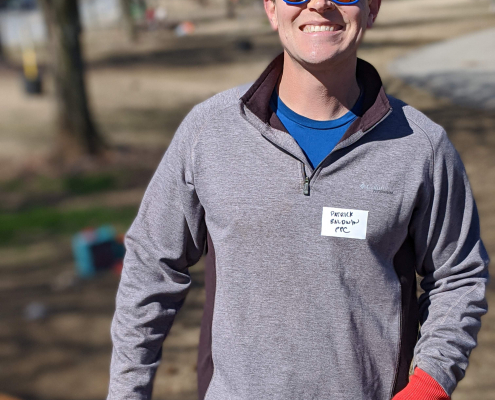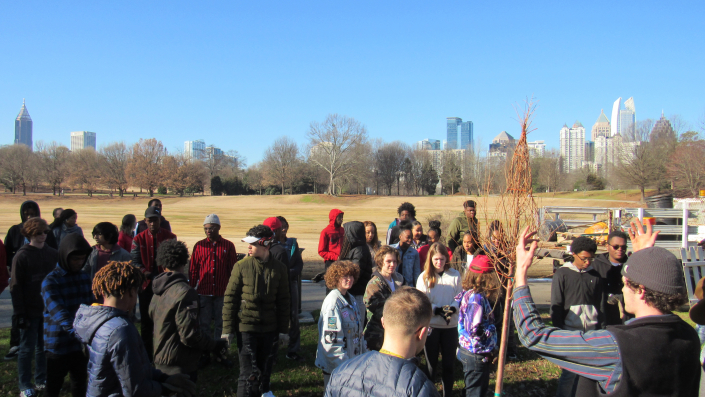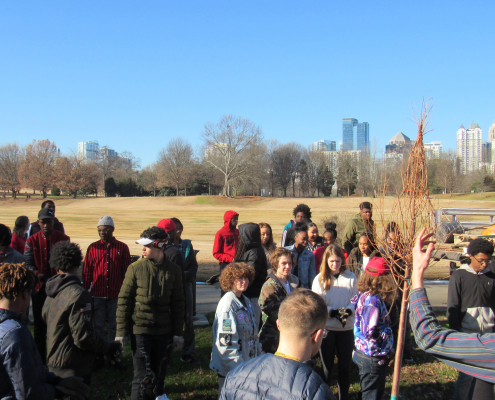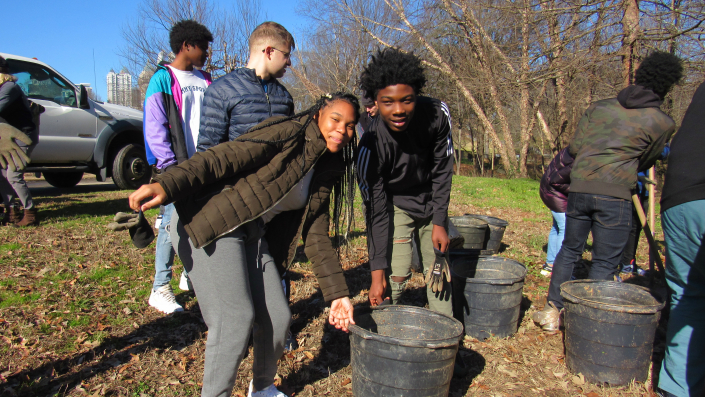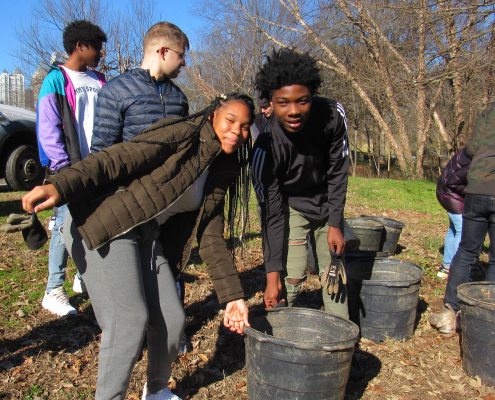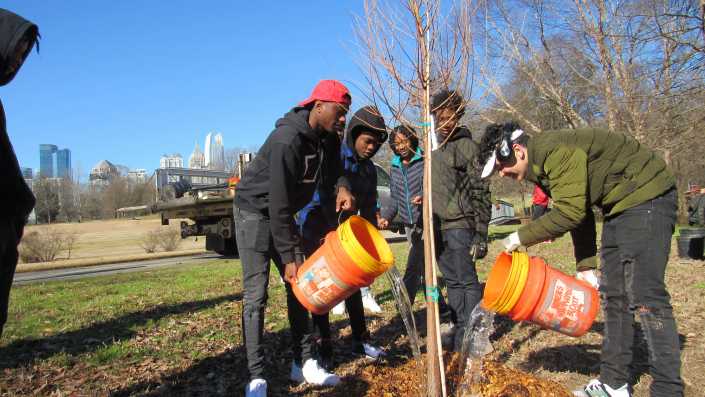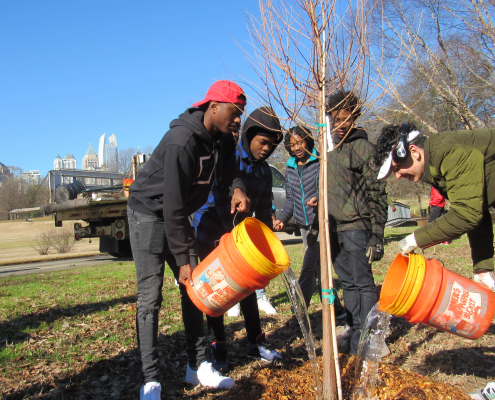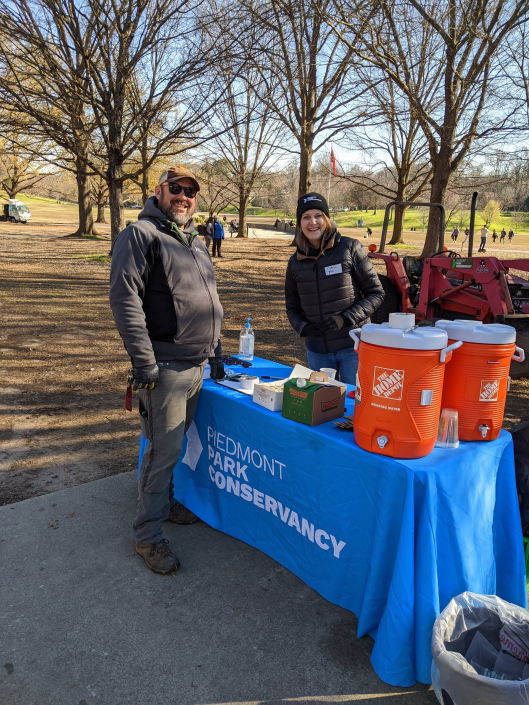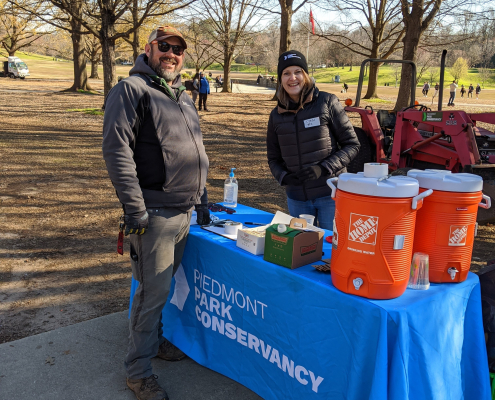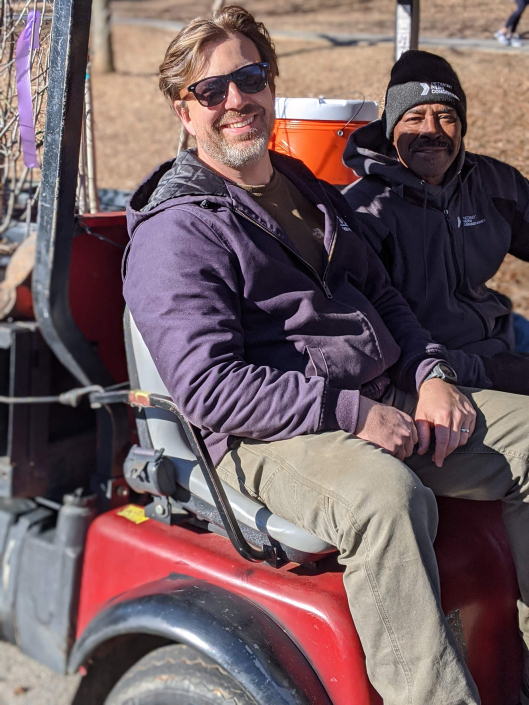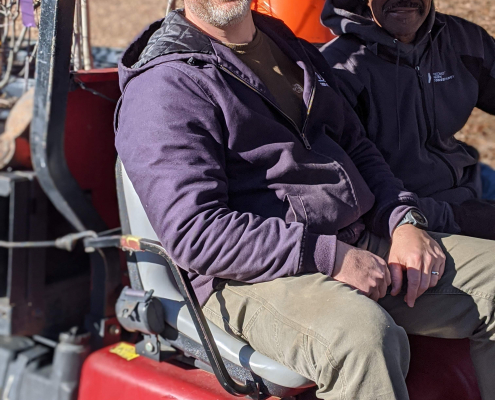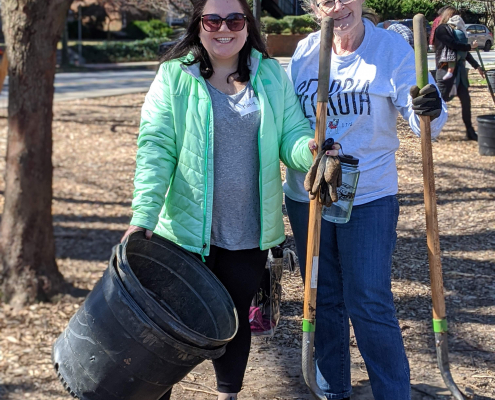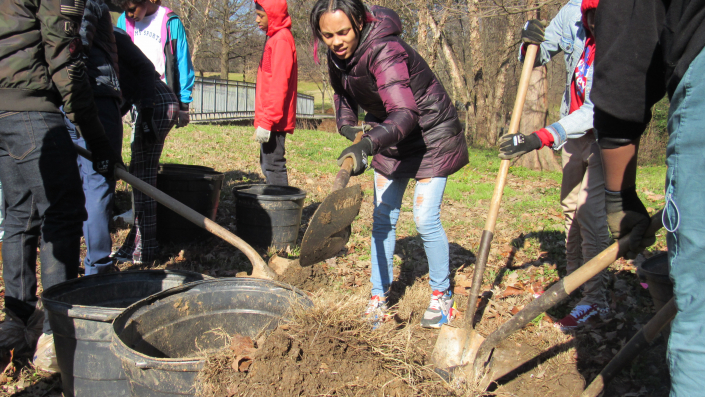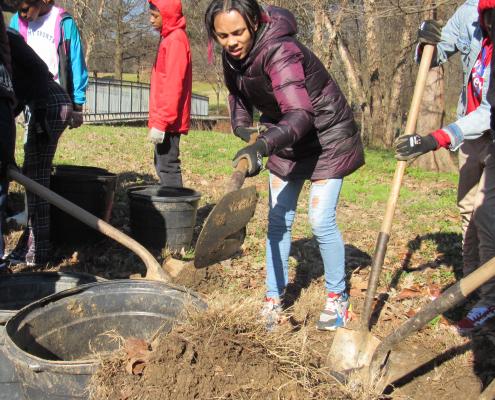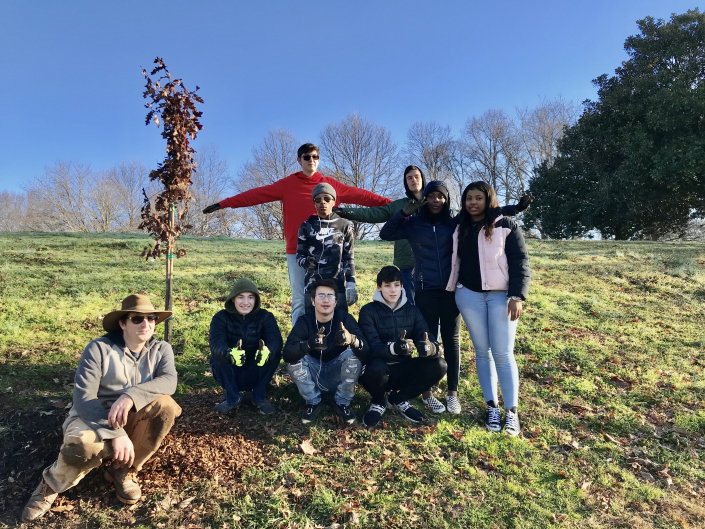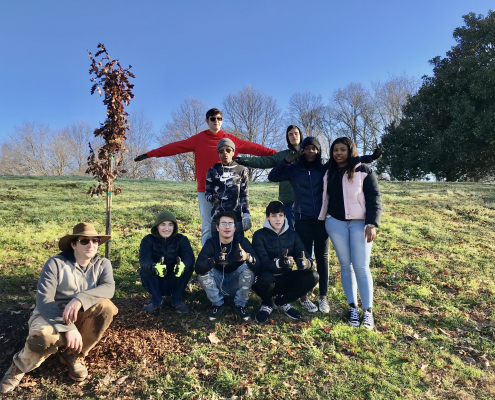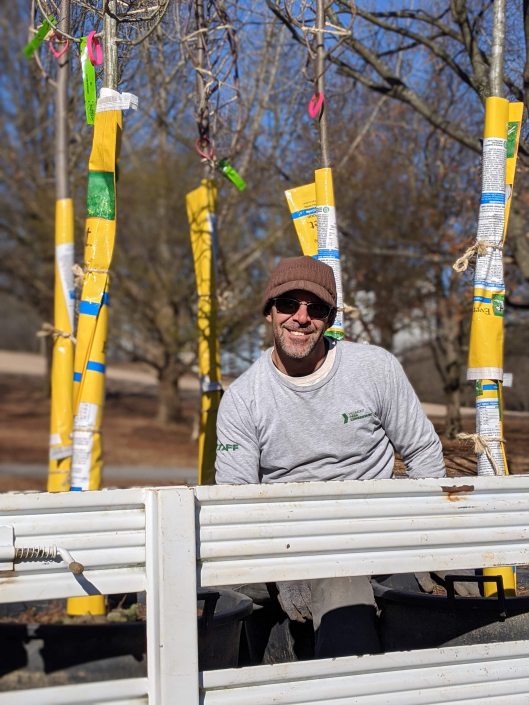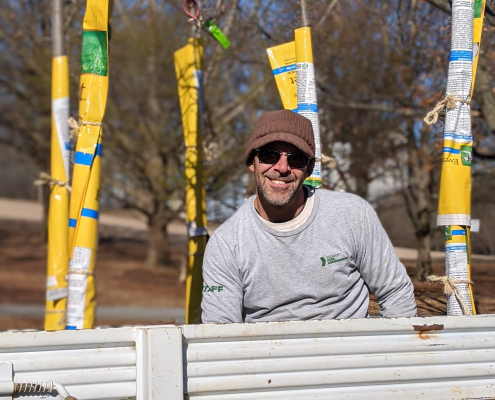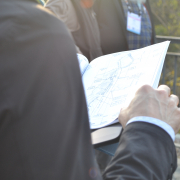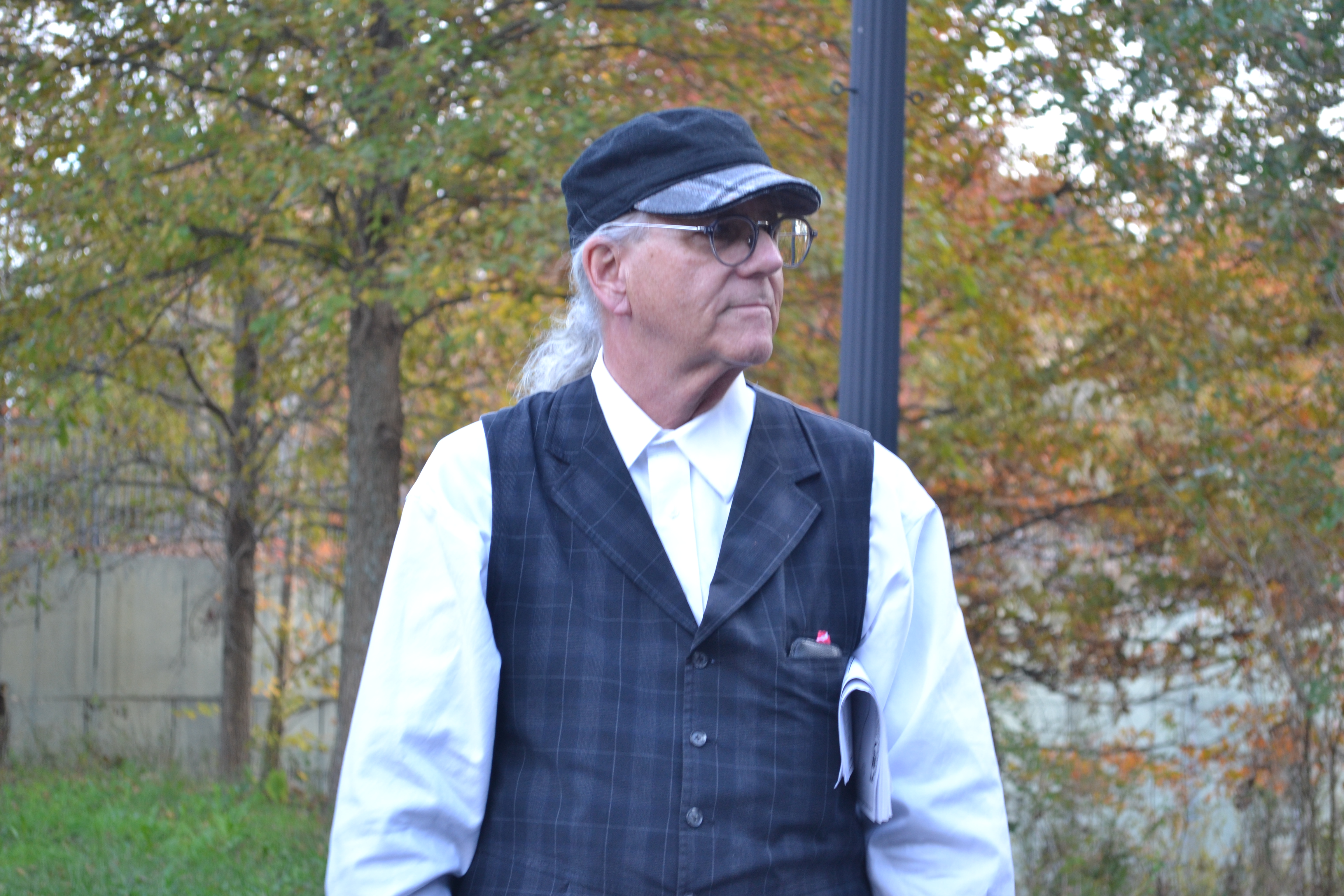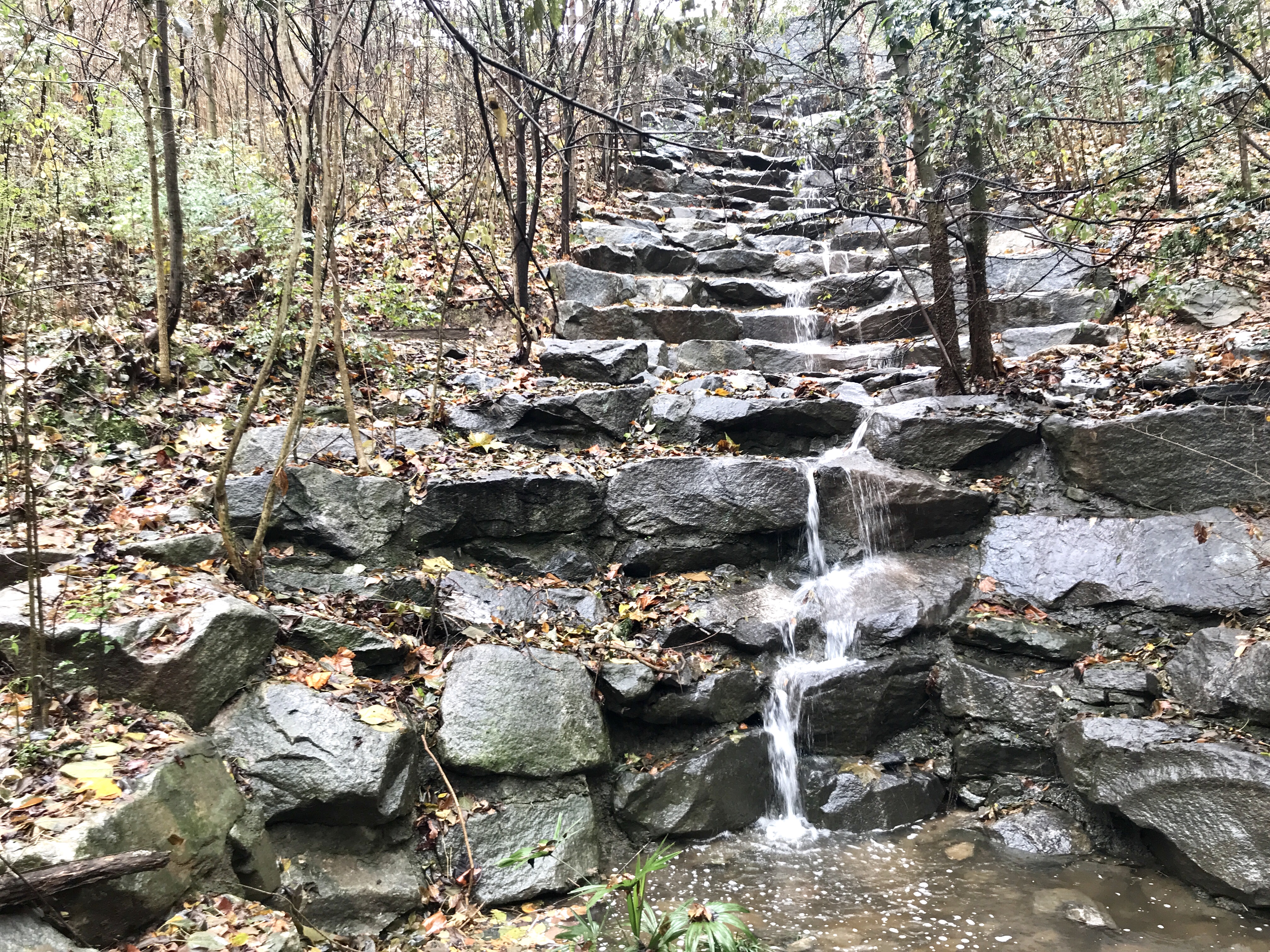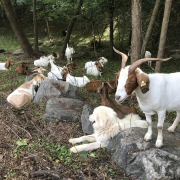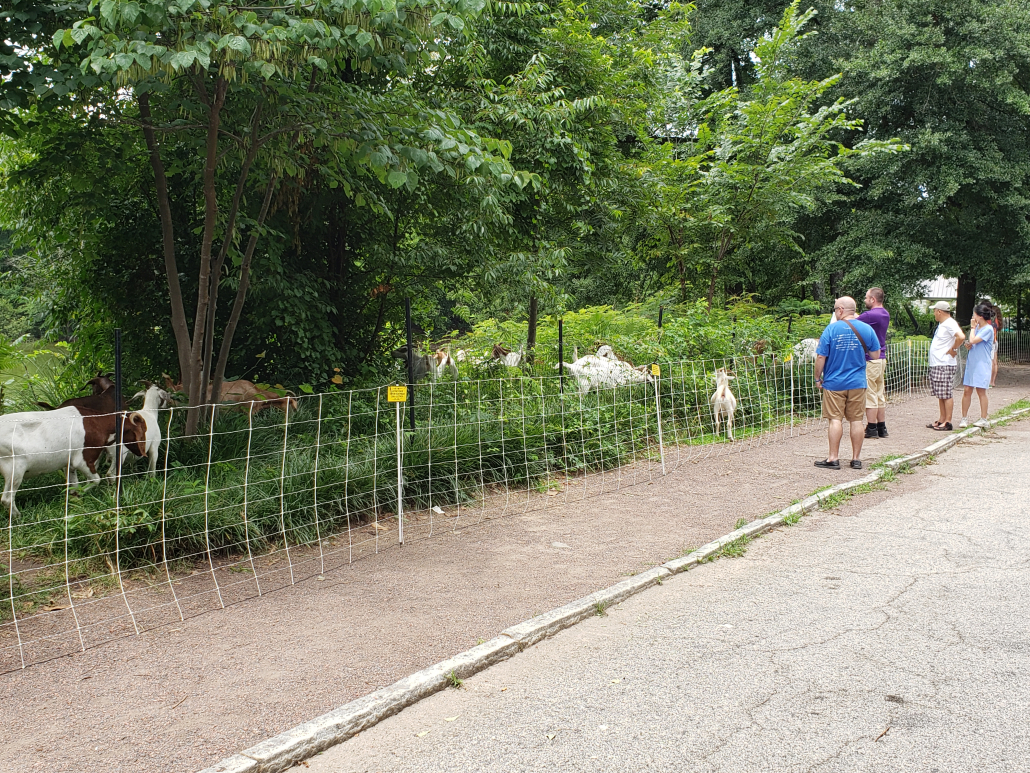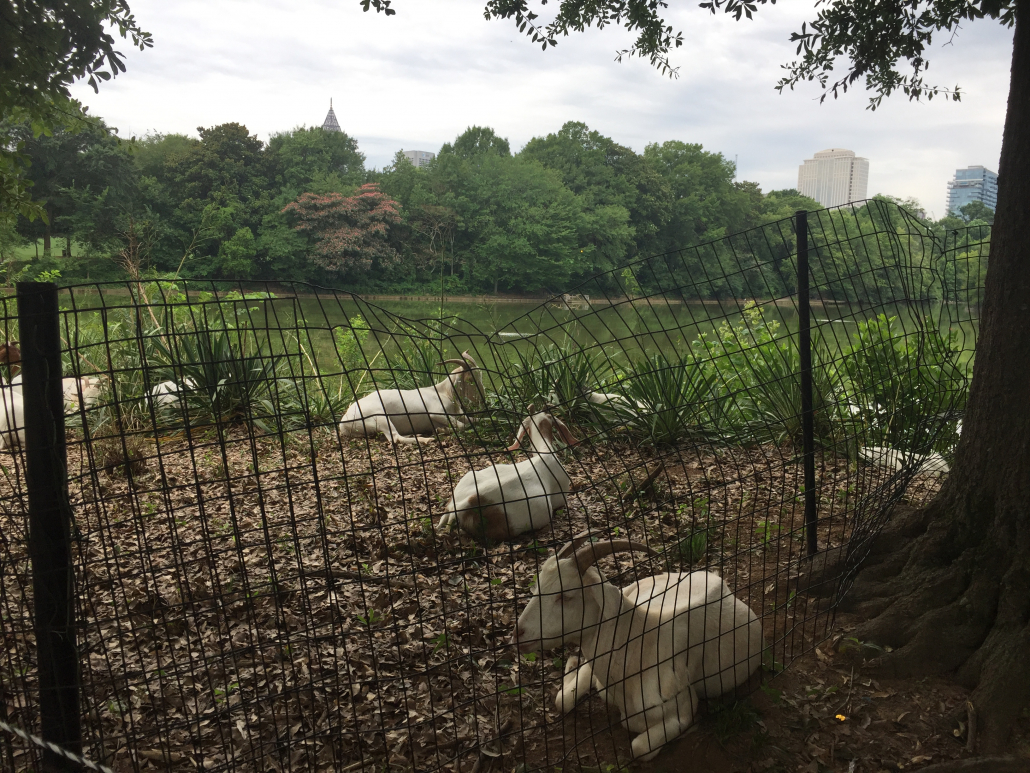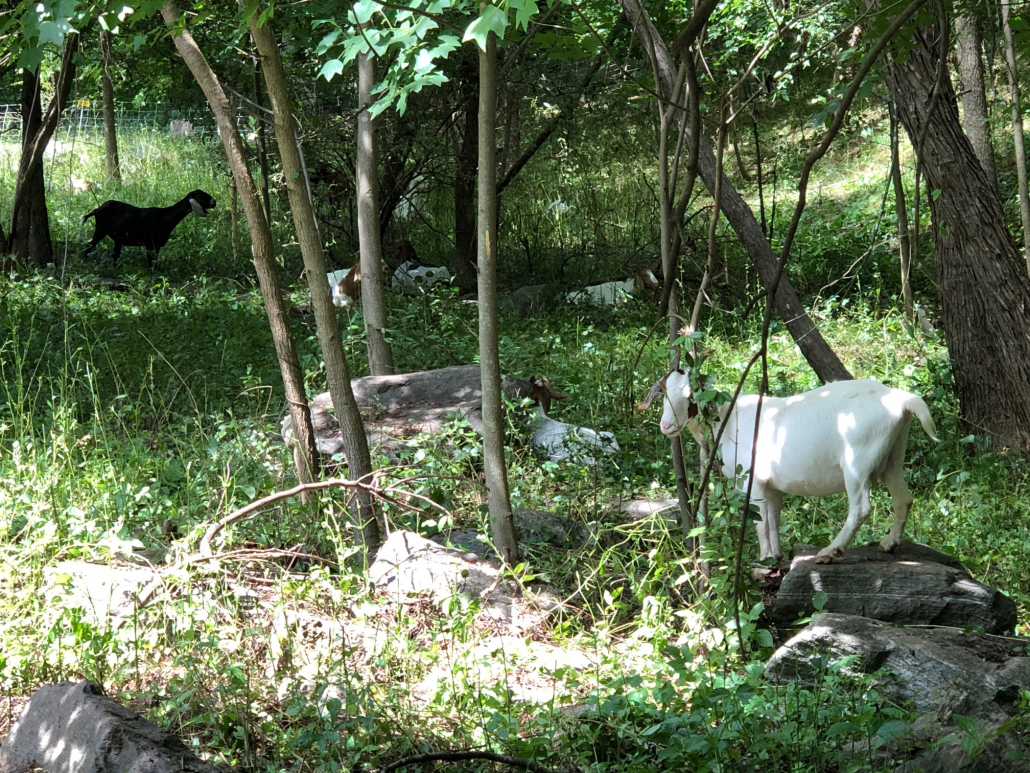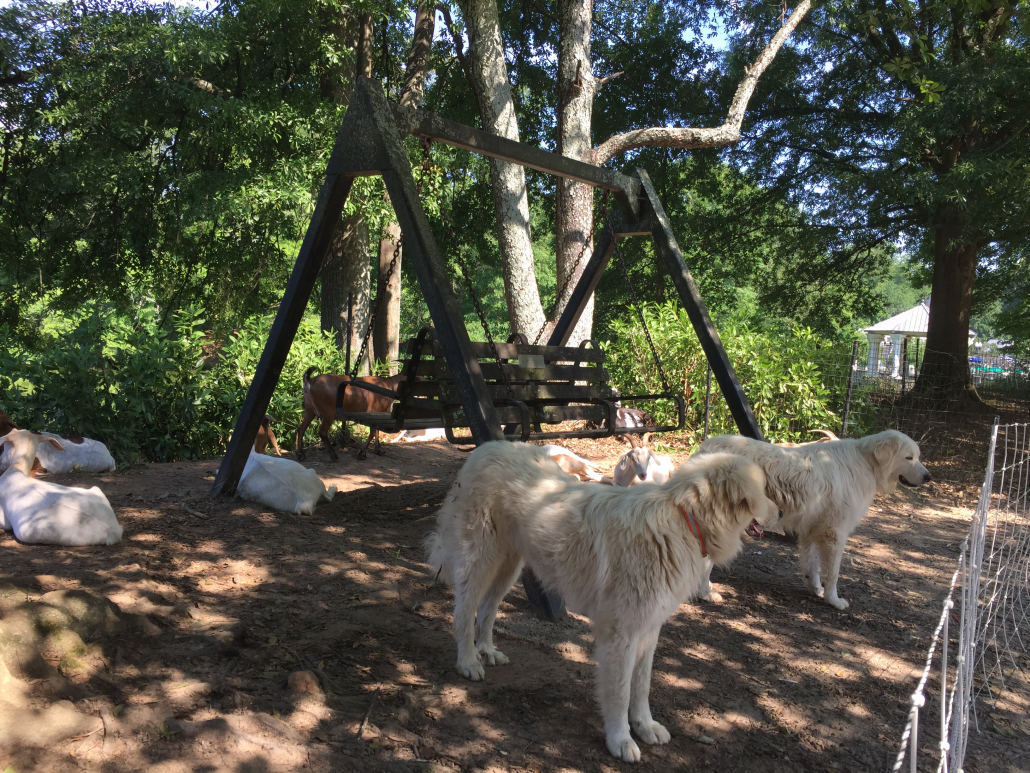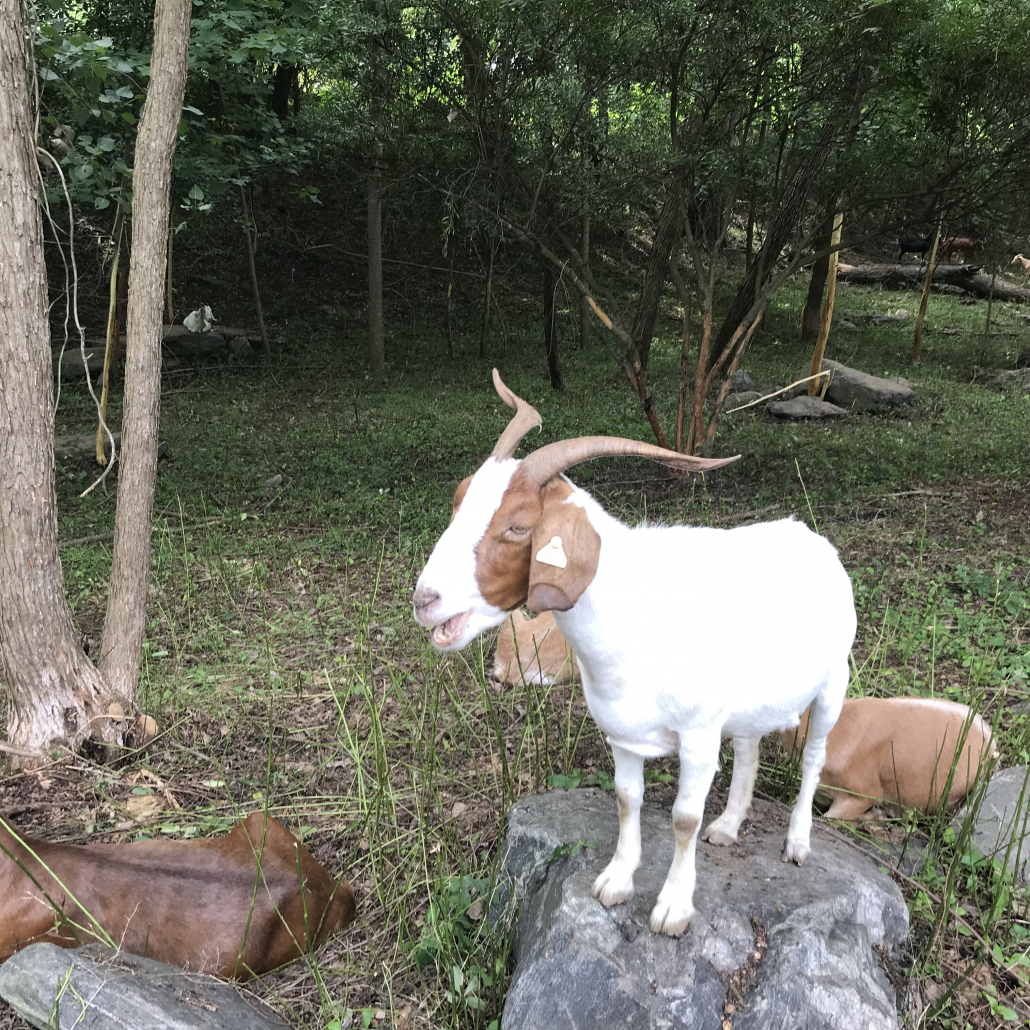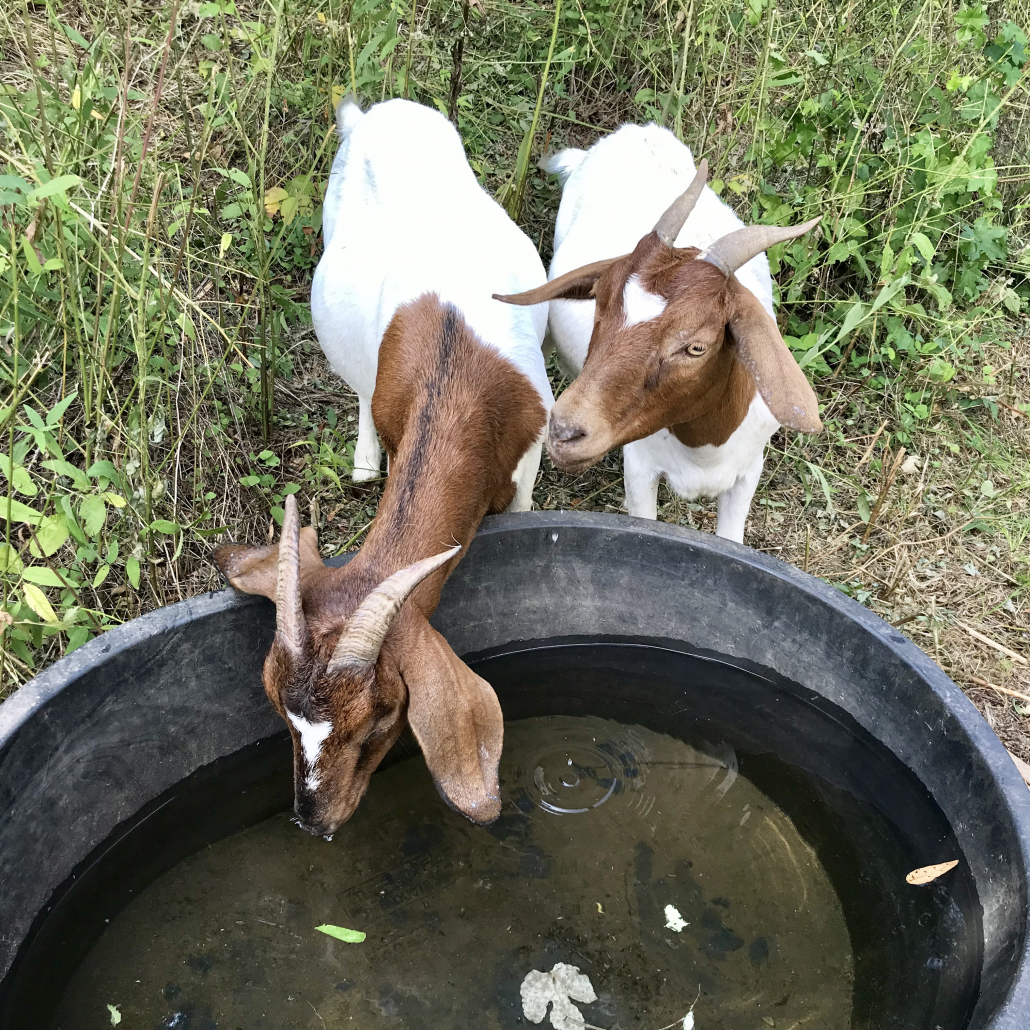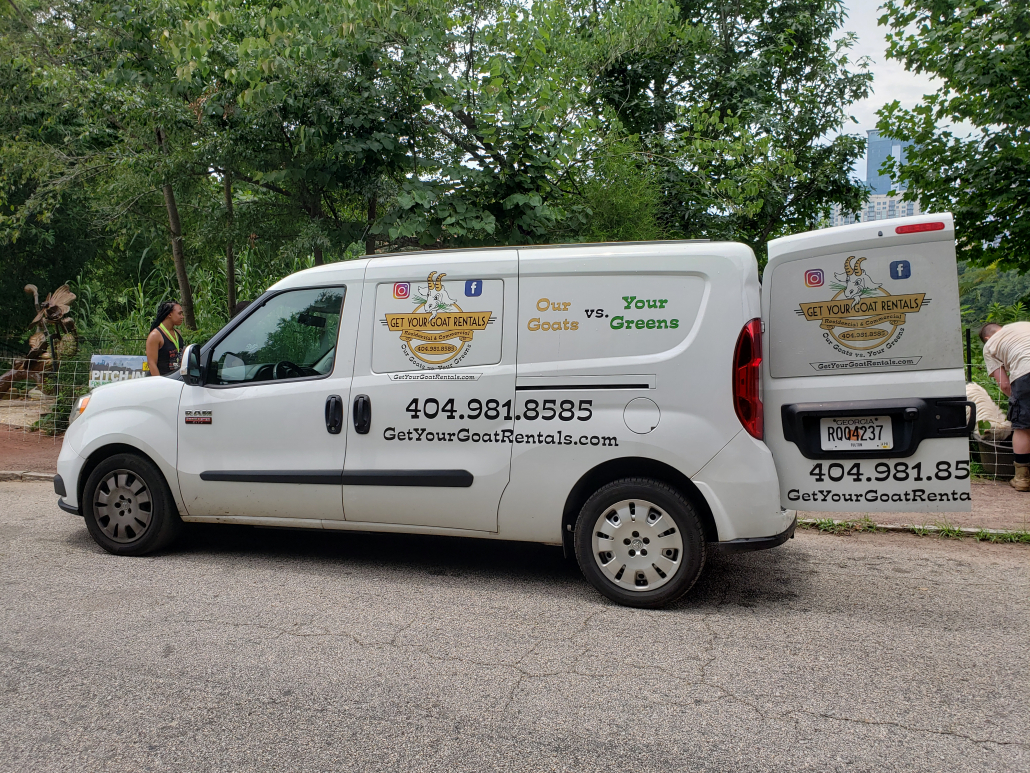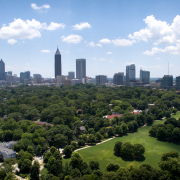Looking Back at 2020: A Breath for Piedmont Park
In most ways, 2020 was a bleak year for Atlanta, our country and our world. COVID-19 jumbled our daily routines and daily pleasures.
While 2020 will be forever known for its challenges and disruptions, one of the bright discoveries last year was the deep recognition of the value of our public parks. For Atlanta, Piedmont Park remained open throughout the entire year for anyone to come and escape their homes, exercise and connect with nature and other people, all at a safe distance.
Piedmont Park remained a top destination in 2020, but in many ways the Park looked different. Instead of visitors flocking from all over to attend one of the many festivals, our neighbors, residents and local explorers re-discovered this beautiful, passive greenspace. We saw more roller skates, picnic blankets and kites, the classic items that pull our heartstrings and inspire us to play. Visitors did not necessarily congregate in any one area, and the impact on the grounds were minimal.
The Park is known for the plethora of activities and events it provides to our city. Some festivals attract upwards to 100,000 people while many others are much smaller. However, cumulative wear and tear occurs when events are set up in the same areas week after week.
The Piedmont Park Conservancy and the City took advantage of the break in events to deep clean and rehabilitate some of the worn areas to both improve the visual appeal and resiliency of the grounds, particularly for the more trafficked areas in the Meadow and Oak Hill. The timing and execution of aeration, fertilization, mowing and other maintenance tasks were based on ideal horticulture and agronomy schedules instead of avoiding events. Many of the areas that had been worn down to dirt are once again covered with beautiful Hybrid Bermuda grass.
The weather also made a big impact. In contrast to the distress of so many other parts of 2020, the weather was near perfect for improving the grounds. Rainfall came in intervals that was frequent enough, but not too much at one time. Thunderstorms helped with nitrogen fixation which is nature’s way of helping to fertilize the Park.
This past year, I have been struck by the physical beauty of Piedmont Park. The beautiful condition of Piedmont Park is stunning, maybe the most beautiful I have ever seen.
The Conservancy has been able to cultivate Piedmont Park’s landscape in a way we never have before. We hope 2020 will serve as a case study of how beautiful and valuable Piedmont Park’s greenspace can be when provided proper recovery, great weather and a lot of love. Even in festival use areas, proper land rest and turf recovery periods can help the Park stay vibrant and green all year.
Parks are not passive investments, they’re active investments. The festivals and events will eventually come back. We will see a day, maybe not so far away, where Piedmont Park once again attracts festivals, concerts and other large events. We will use what we learned this past year to work with our friends at the City on caring for Piedmont Park for both events and our local citizens. We are proud to be a city partner and know that when conservancies and government work together, public spaces will thrive.
Until then, we are thankful to see Piedmont Park experience a much needed rest, while also serving such a critical role in our daily lives.
Author: Mark Banta, President/CEO, Piedmont Park Conservancy

